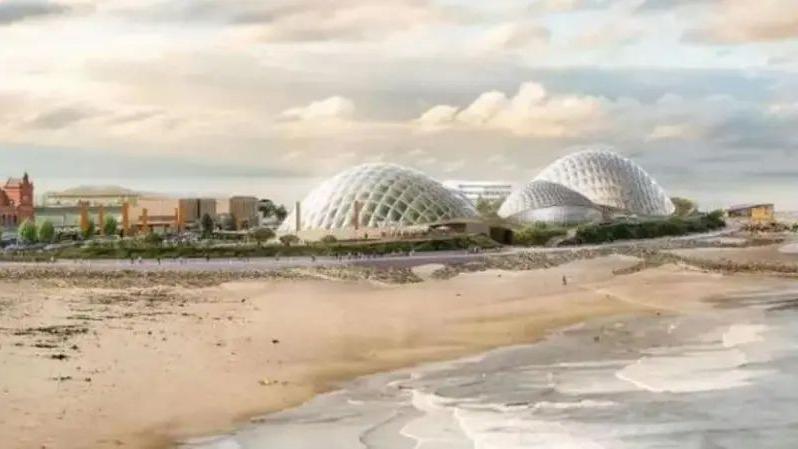Critically endangered palm planted at Eden Project
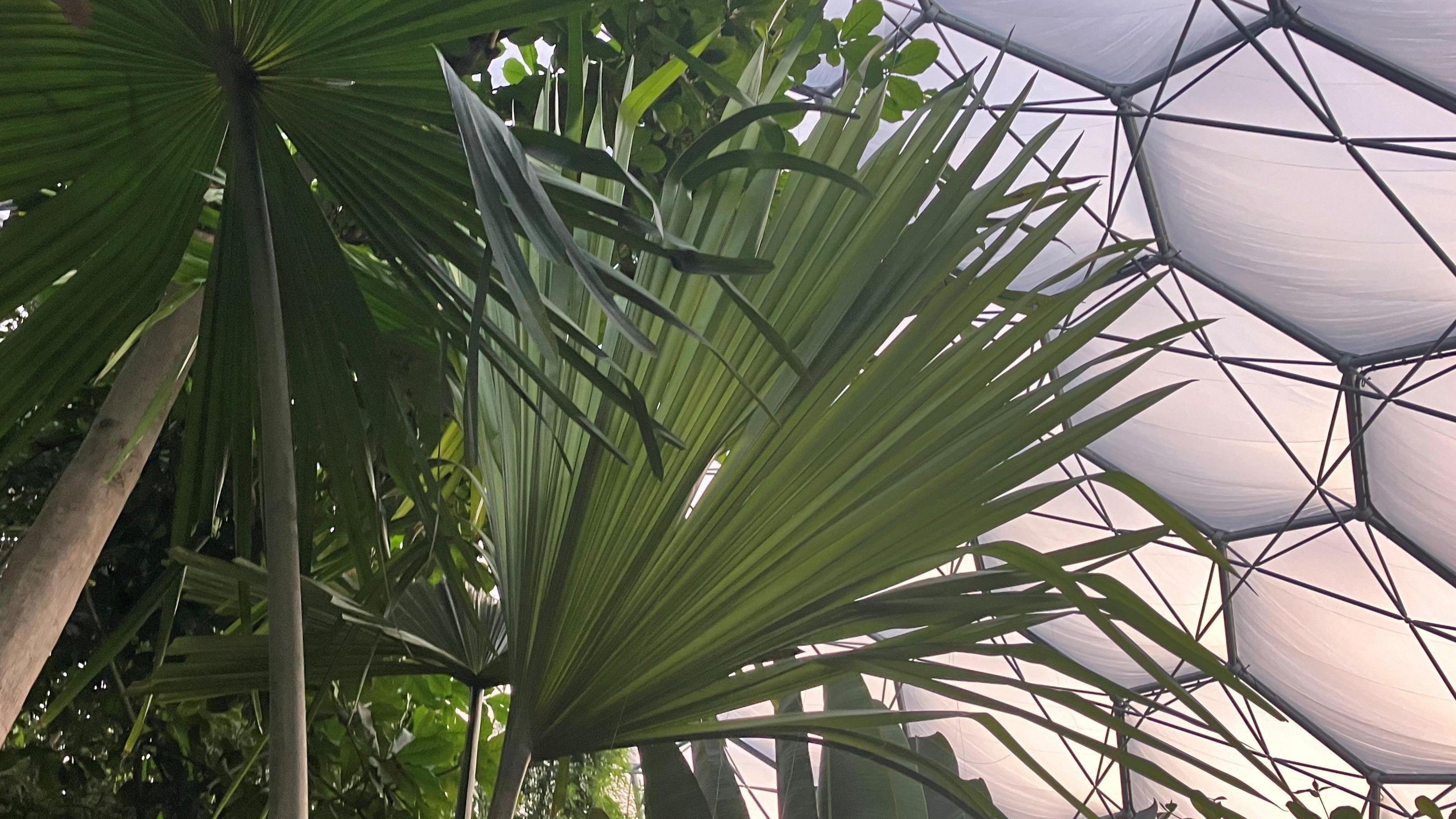
Tahina spectabilis is listed as critically endangered
- Published
One of the rarest plants on earth has been planted in the rainforest biome at the Eden Project in Cornwall.
A new and unique plant genus, or classification, has been given for the single species called the Tahina spectabilis palm found in Madagascar.
It has been placed on the red list by the International Union for Conservation of Nature (IUCN) making it critically endangered, as there are only 29 adult individuals growing in the wild.
It will be Eden's rarest plant and one of its largest, reaching 18m (59ft) high over its 50 year life-span.
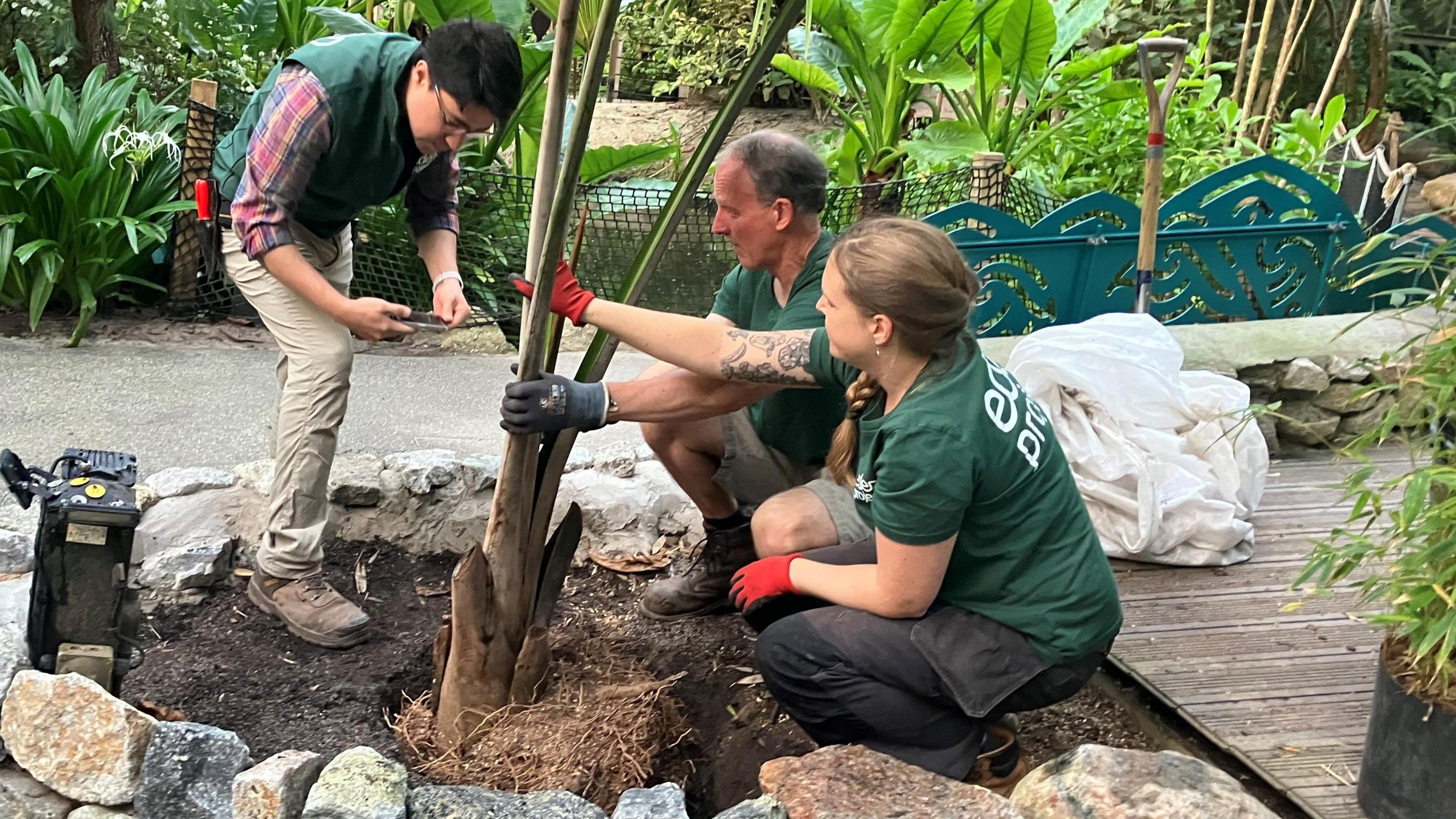
Horticulturists at Eden planting the Tahina spectabilis
The Tahina spectabilis was discovered in 2006 and since that time a small number have been grown in cultivation.
Catherine Cutler, interim head of horticulture at Eden, said: "This is an incredibly special plant.
"It was scientists from Kew that managed to identify it, and it is so unusual and special that it has been put into its own classification of plants, there aren't any really close relatives to it.
"It's going to be a really profound and important plant here in our collection at Eden.
"This spectabilis name is because when it does flower, the flowers are absolutely incredible and a huge great plume of flowers coming out."

Catherine Cutler says the palm is an incredibly special plant
The University of Cambridge's botanic garden gave its cultivated Tahina spectabilis to Eden because its glasshouse was too small.
"They don't have the room for it to grow up to 18 metres which is its full height, but of course at Eden we have this amazing biome where plants can grow up happily as if they were in the wild", said Ms Cutler.
"This is a type of plant that's monocarpic which means it builds up its energy all through its life but it doesn't flower and the very very last thing it does is put all that energy into spectacular flowers and then it dies.
"It's not a sad end because that is the succession of life hopefully it will produce a lot more seeds which will aid the conservation process of this really special plant," she said.
Follow BBC Cornwall on X (formerly Twitter), external, Facebook, external and Instagram, external. Send your story ideas to spotlight@bbc.co.uk, external.
Related topics
- Published28 August 2024
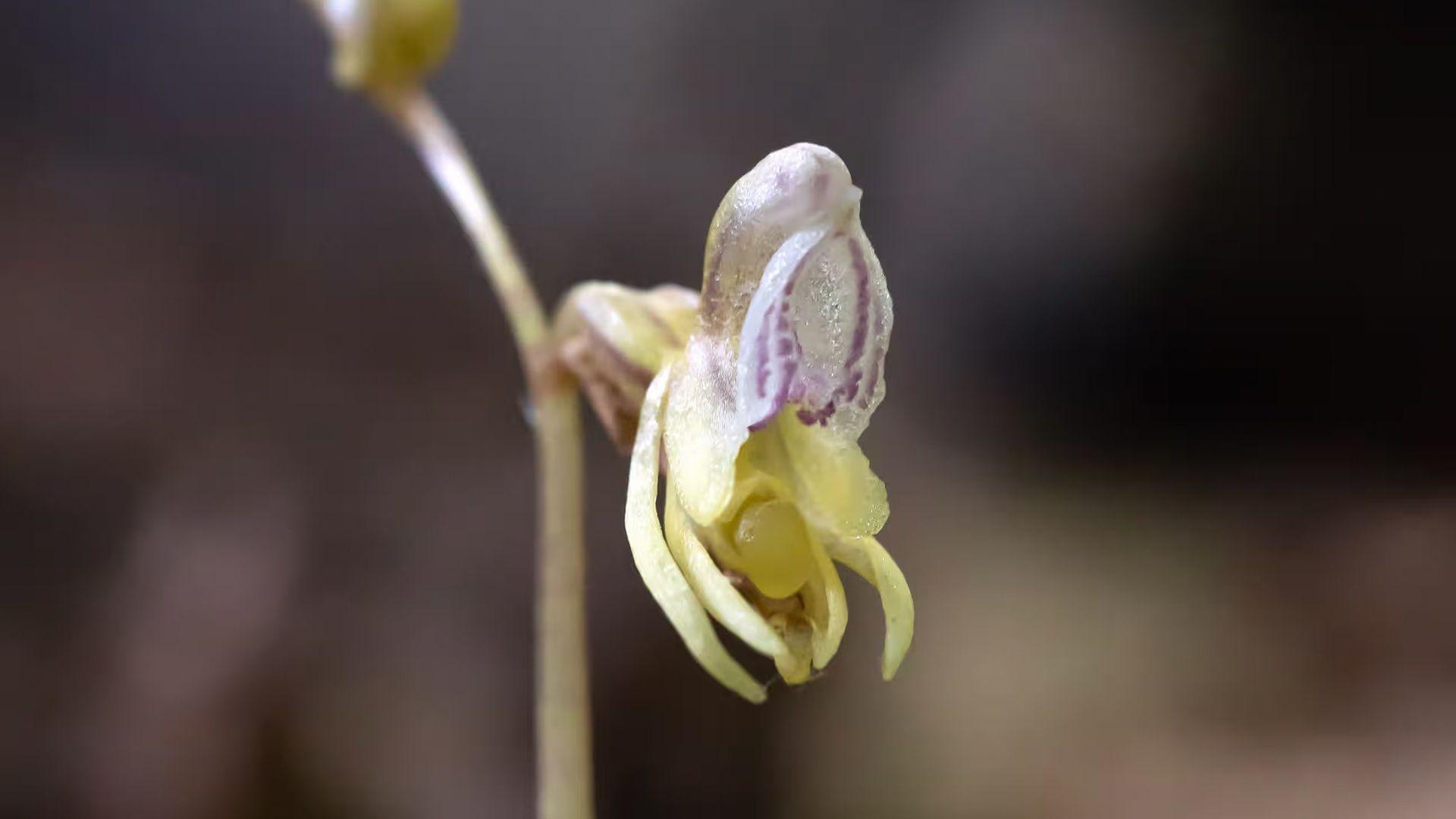
- Published25 May 2024
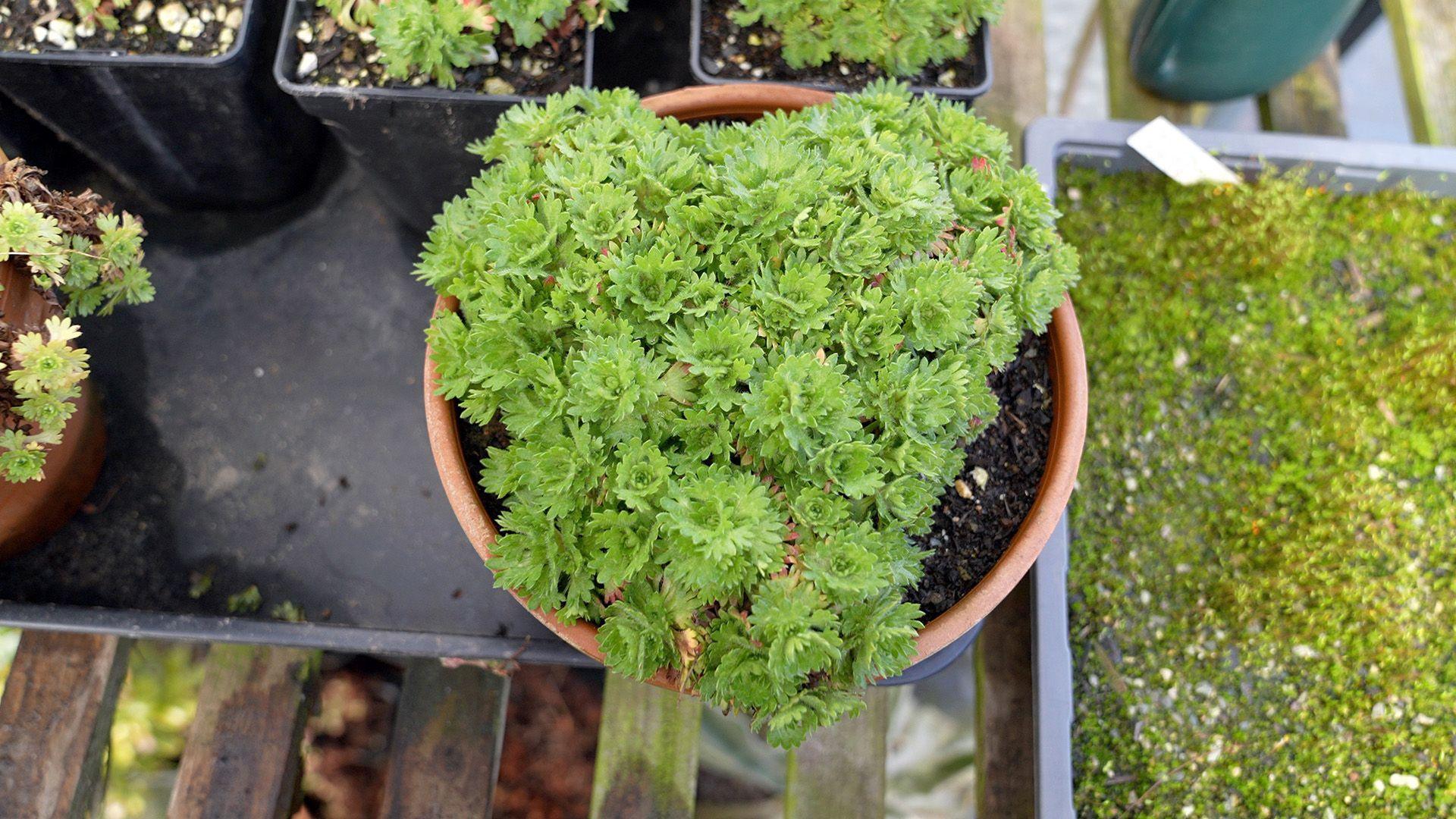
- Published1 October 2024
